Kulachar The Chitpavans celebrate at least one festival a month. Why? There would always a reason behind it. It could be expressing gratitude towards the mother nature and always get showered upon with the blessings of the gods. Such celebrations also necessarily result into fruitful interactions between individuals resulting into cohesion among various sections of the society. Some of the not so important festivities celebrated by the Chitpavans are as follows: Chaitrangan, Chaitragauri (Gajagauri), Divyachi Awas (Ashadh Amavasya), Shravani, Avidhva Navami, Mahalaya Shraddha, Vaikunth Chaturdashi (Kartik Shuddha Chaturdashi), Tripuri Paurnima, Devdiwali, Rathasaptami, A close look at the list of festivals would confirm the widely held premise that the Maharashtrian festivities mainly pertain to the Females of the clan. Though, over a period many of these festivals have been adapted by other states and are celebrated with vigor there.

Kulachar The Chitpavans celebrate at least one festival a month. Why? There would always a reason behind it. It could be expressing gratitude towards the mother nature and always get showered upon with the blessings of the gods. Such celebrations also necessarily result into fruitful interactions between individuals resulting into cohesion among various sections of the society. Some of the not so important festivities celebrated by the Chitpavans are as follows: Chaitrangan, Chaitragauri (Gajagauri), Divyachi Awas (Ashadh Amavasya), Shravani, Avidhva Navami, Mahalaya Shraddha, Vaikunth Chaturdashi (Kartik Shuddha Chaturdashi), Tripuri Paurnima, Devdiwali, Rathasaptami, A close look at the list of festivals would confirm the widely held premise that the Maharashtrian festivities mainly pertain to the Females of the clan. Though, over a period many of these festivals have been adapted by other states and are celebrated with vigor there.

A place called ‘Roopkund’ at an altitude of 5540 m, in the Garhwal region in Himachal Pradesh is always well covered with snow. It came into limelight in the year 1942 due to the most conspicuous reason. Many human skeletons were found buried under the snow in this place in 1942. The experts from the University of oxford carried out many tests likeCarbon dating on these skeletons to finally arrive at a conclusion that the skeletons were of persons living during year 850 AD. The Centre for cellular and molecular biology at Hydrabad carried out DNA tests on the skeletons only to conclude that these skeletons belonged to the Chitpavan Brahmins. The settlements of the Chitpavans near the seashores are much clean and neat as compared to the other villages. Their settlement is normally surrounded by the coconut and Pofli or mango and jackfruit trees. The houses are well designed and are built using uniformly shaped stone blocks. The frontage of the house would have a barn for the milch cattle, a well a small puddle and a small temple.

A place called ‘Roopkund’ at an altitude of 5540 m, in the Garhwal region in Himachal Pradesh is always well covered with snow. It came into limelight in the year 1942 due to the most conspicuous reason. Many human skeletons were found buried under the snow in this place in 1942. The experts from the University of oxford carried out many tests likeCarbon dating on these skeletons to finally arrive at a conclusion that the skeletons were of persons living during year 850 AD. The Centre for cellular and molecular biology at Hydrabad carried out DNA tests on the skeletons only to conclude that these skeletons belonged to the Chitpavan Brahmins. The settlements of the Chitpavans near the seashores are much clean and neat as compared to the other villages. Their settlement is normally surrounded by the coconut and Pofli or mango and jackfruit trees. The houses are well designed and are built using uniformly shaped stone blocks. The frontage of the house would have a barn for the milch cattle, a well a small puddle and a small temple.


